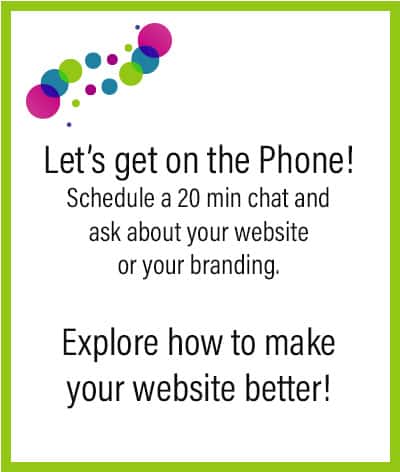Is it better to Have a Contact form or to display an email address?
The entire point of having a website is for visitors to contact you and become your client. In order for them to contact you, you should provide a way to do so on your website.
Are you wondering whether you should use a contact form or display a simple email address?
Both methods can work, but here are some reasons why a contact form could be better.
- It looks professional
- It can send emails to several accounts
- It hides your email address, so you get less spam 🙂
- Visitors can contact you from your website directly
- You can connect your form to an email list
- It can collect valuable information
Look professional
The most common features on websites are contact forms. No matter how small the company, they likely have a contact form.
Could send emails to several accounts
Multiple email addresses can be added to the form to receive emails. This is useful for bigger teams so that the right people get notified immediately.
Hide your email address
Showing a plain email address on your website is asking for spam. Who wants to do that?
Spambots search the internet for email addresses to add to their mailing list by recognizing the @ symbol. A contact form safeguards your email address and lets you add additional spam prevention measures like Google reCaptcha. (you know, the find the traffic lights kind of things)
Visitors can reach out from your website directly
With a contact form, all a user has to do is fill out the form and click the submit button.
If you display an email address, the user has to copy it into an email software before writing a message.
You can connect your form to an email list
If a user sends you an email, they can also request to be added to your email list so it can grow. Who does not want to do that?
Collect valuable information
This is my favorite benefit of a contact form. You can have a form that asks for more than just the name and message. Some of the questions I ask prospective clients on my website’s contact form are:
- How did they find my website?
- How long have they been in business?
- Do they have a website already?
- Are they a local business?
- What type of service are they interested in?
I believe that the more you learn about a prospective client before the first phone call, the better.
Recently, I created a website for a local construction company where the contact form filters prospective clients based on their location, project size, and budget, saving the owner a lot of time with clients not in his target audience.
Conclusion
Are you now convinced that you need a contact form? All website platforms—Wix, Squarespace, Weebly, or WordPress—offer contact forms nowadays to easily add to your site. WordPress provides plenty of different plugins for both simple and complicated forms.
Next time I will post about where to place the Contact forms. Stay tuned!
Did you know that I offer Website Evaluation?
I take your not-money-making website apart, find the issues, and explain how to fix them DIY.


